Kastoria ,Kastoria, West Macedonia 作者: 来源: 发布时间:2021-03-02
I. Population, Area and Transportation
Total Area: 763.3 km2
Elevation: 700 m (2,300 ft)
Municipal unit density: 47/km2 (120/sq mi)
Population: 35,874 (2011)
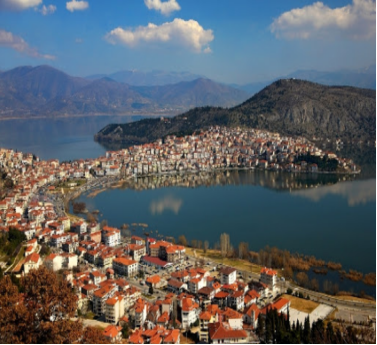
Transportation:
BUS STATION IN KASTORIA
Kastoria Bus Station
Buses to Athens, Thessaloniki, Kozani and other cities leave from Kastoria's main bus station.
AIRPORT IN KASTORIA
Aristotelis Airport
Flights to Athens and Kozani leave from this airport, 12km south of Kastoria.
TAXI IN KASTORIA
Taxis
Yellow taxis await fares from this rank behind the Park of the Olympic Flame.
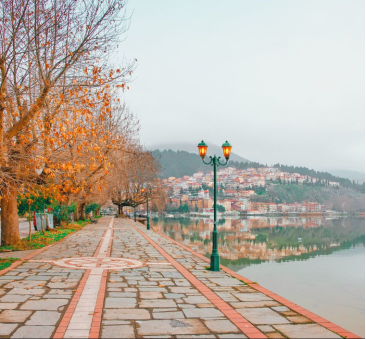
II.Natural Geography (environment and resources)
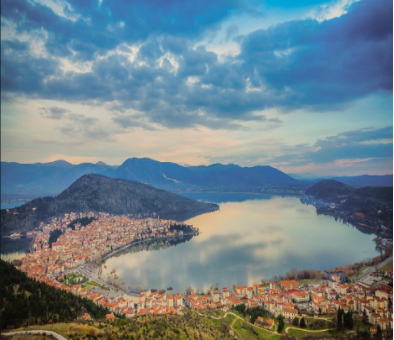
III. ECONOMY
The trade in beaver skins, which began over a thousand years ago, gave rise to the towns chief industry, that of furrier to much of Europe. When the beavers ran out, the town imported furs and it seems that almost on every block in this charming small city of narrow streets and Byzantine-era churches that there is at least one place of business related to the fashioning of clothing out of now-imported furs, mostly mink. Kastoria remains an international center for the fur trade, and hosts an annual international exhibition of fur.
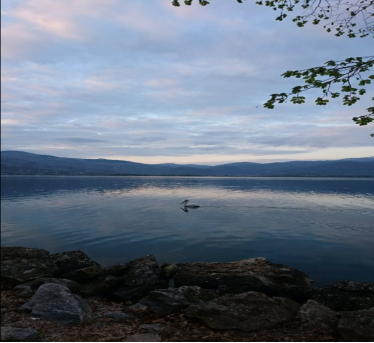
IV. Industrial Characterisitics
The fur industry is an important economic activity in Kastoria, Greece. The art processing of fur and the trade in species production developed during the Byzantine period and from then till today the region of Kastoria evolved and became the focus of global concern in the field of fur and unique processing center in Europe.
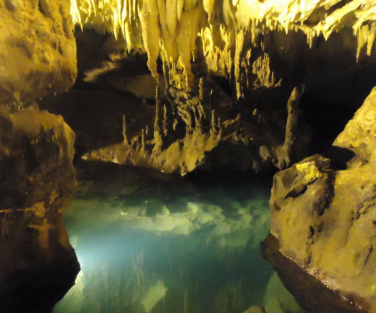
DIVINE LUXURY FURS:This fur story begins with a couple who meticulously worked in the fur business and began the company back in 1970. Passing on the craft to their son, they slowly managed a great deal, mainly setting up a fur manufacturing factory in 2000. Executive Manager George Papadakis lead into high quality fur production and selling fur garments worldwide. In 2010 the company relocated in the Ampelokoipoi Area of Kastoria over 1000sq.m. of modern fur manufacturing facilities. With selling points in Halkidiki (Kalithea, Chalkidiki), Rhodes, Crete and Paros, DIVINE LUXURY FURS steadily rises to be soon amongst the most recogised fur brands.
Resoures: https://divinefurs.com/company
KASTORIA, International Fur Fair: It is the platform in South Europe that gathers and curates the very best of Greek and International Fur Fashion Brands and puts them in the hands of the most influential players in the fur fashion industry.
Resources: https://www.furfairkastoria.com/
Fur Association Kastoria "Prophet Elias":Founded in 1915, it is based in Kastoria, have registered as members 1,090 furriers. He is the main organizer of the International Fur Fair of Kastoria, which is once a year ever since 1976.
Fur Association Nestori:Founded in 1969. Headquarters of the Association is Nestorio of Kastoria. The purpose is the study, protection and promotion of moral, economic and professional interests of its members and the development of the spirit of solidarity and brotherhood among them.
Fur Association Kleisouras:Founded in 1979. Edra of the Association is Klisoura of Kastoria.
Association of Fur Breeders:Established in 1984 and has 20 members. Headquarters of the Association is Kastoria, purpose of the Association is the development of fur farming, the study of the problems facing the sector, the seating configuration, proposals and submission of requests to solve them.
Retailers Association of Finished Goods Fur "Castor":It is based in Kastoria and to produce social and professional interests of its members.
V.Attractions
1. Kastoria Lake
The lake of Kastoria is the most precious treasure of the town. It is a jewel that both the visitors and the inhabitants can enjoy, as a place of recreation and as a stimulus for romanticism and reminiscence.
l At the lakeshore there are enough squares and parks. In these specially formulated spaces, the visitor has the possibility to walk on the stone pavements and to admire the unique natural beauty of the lake at all seasons. Lake Orestida of Kastoria is considered morphologically the most beautiful lake of Greece and has been announced a "Monument of Natural Beauty " by the Ministry of Culture.
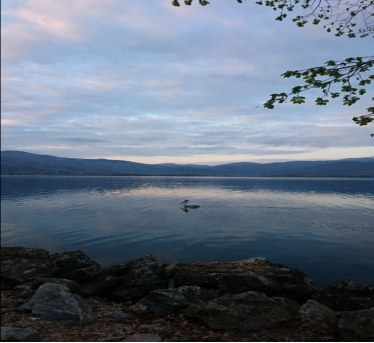
The natural basin of the lake, which is enclosed by mountains of excellent geomorphology, constitutes a unique hydrobiotope. It is a hydrotope of great importance for the aquatic but also for the birds of prey and uses as an area of reproduction, nourishment and hibernation. It maintains a rich bird fauna, which includes rare and menaced species. More specifically: Pygmy Cormorant, White Pelican, Dalmatian Pelican, Great White Erget, Glossy Ibis, Goosander, Marsh Harrier, Whiskered Tern, etc.
In the lake there are great quantities of various fish species, and offers the possibility for fishing, both with the traditional boats in the deep waters and with fishing rod in he lakeshores. In the lake's waters there are fishes such as, Carps, butterfly fishes, Italian bleak, northern pike, etc. Fishing is allowed almost throughout the year, except the period of the fish reproduction. You can find fishing equipment in the special shops in the town of Kastoria and Argos Orestikon.
Resources: https://www.gtp.gr/LocPage.asp?id=60478
2. Panagia Mavriotissa Monastery
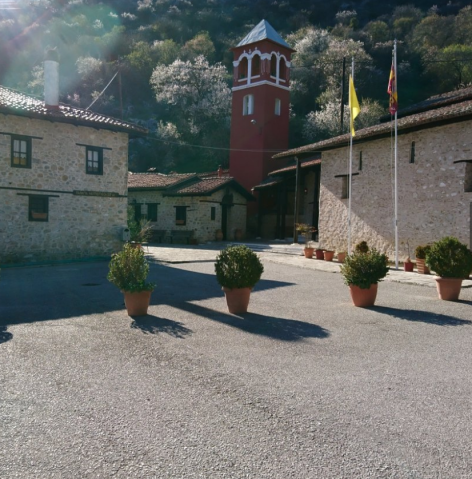
The Monastery of Panagia Mavriotissa is a monastery that is built on the spot where troops of Byzantine military commander George Palaiologos encircled the attacking Normans in 1083. It is believed that the emperor Alexios I Komnenos (r. 1081-1118) built the monastery there to commemorate the event. Surrounding the region of the lake of Kastoria there are 72 churches and chapels, Mavriotissa being one of the earliest of them.
The monastery was initially named Mesonesiotissa ("in the middle of the island") and in the beginning of the 17th century it renamed itself to Krepenitissa ("of Krepeni") after the name of the nearby village Krepeni. Sometime from the middle to late 17th century it changed its name to Mavriotissa ("of Mavrovo") after the Greek village Mavrovo near Kastoria. The monastery was a significant landowner in the village of Krepeni.
3. Cave of Dragon
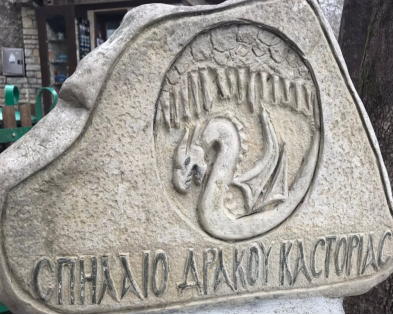
lThrough the implementation of the project, the touristic exploitation of the Dragon’s Cave has resulted in the emergence of the stunning stalactite decor and underground lakes in the cave, which had been known about since the 1940’s but were out of reach for the public. The Dragon’s Cave opened its doors in December 2009 and since then it has had more than 290 000 visitors.
lFurther activities involved the construction of a 35 m-long access tunnel. The tunnel doubles as a museum, providing information on the history of the cave and a myth about a dragon guarding it, as well as on other caves across Greece.
lRamps were built to make certain sections of the cave accessible for people with reduced mobility; essential electromechanical installations were set up inside and outside the cave; and visitor facilities, including a ticket booth, sanitary facilities and two car parks, were developed.
lAdaptations to the cave to make it suitable for visiting, arrangement of the surrounding area and construction of buildings for the operation of the site were carried out using minimally invasive methods. This was especially important for work inside the cave, to keep its spectacular stalactite formations intact. External structures were built in line with local architectural traditions, using stone and timber from the region and featuring ceramic decorations.
lThe aims of the project were to preserve the cave and exploit its potential to attract tourists. In this, it has been successful. Visitor numbers have increased steadily, from around 29 000 in 2013 to nearly 34 000 by 2017. Moreover, by improving the tourist offer in Kastoria, the project has boosted the local economy.
Resources: https://ec.europa.eu/regional_policy/en/projects/greece/dragon-s-cave-in-kastoria-greece-opened-to-the-public
VII. Other Information
Total investment for the project “Exploitation of Dragon’s Cave” is EUR 2 381 704, with the EU’s European Regional Development Fund contributing EUR 2 381 704 through the “Central Macedonia - Western Macedonia - Eastern Macedonia & Thrace” Operational Programme for the 2007-2013 programming period. The investment falls under the priority “Environment and resource efficiency”.
